So, the Farmer’s Almanac came out with its yearly “It’s going to be the worst winter ever” forecast the other day and it got a lot of people’s attention. It was even leading newscasts as “breaking news” in some spots.

Historically, some weather folks have used it like it contained some actual value. Though, in the case of the image below, meteorologists sharing this can spend more time trying to decipher what that value is than actually sharing any valuable informaiton.

There is a reason that real Scientists struggle with finding value with this thing. It is because the people at the Farmer’s Almanacs are terrible at seasonal forecasts.
There are actually two Farmer’s Almanacs. The Old Farmer’s Almanac and then The Farmer’s Almanac. Both are bad at weather. I’m certain the book they sell offers some sort of utility and help for other things. And it is awesome that people find it helpful.
But, as far as weather, it is not great.
In fact, it is bad. Really bad.
Let’s look at a slideshow of the last 10 forecasts from The Farmer’s Almanac, along with the observed temperatures and precipitation for the Winter…
If the big selling point for the Almanac is the weather-related prognostications… Yikes.
The Old Farmer’s Almanac is just as bad. Here is just one example:

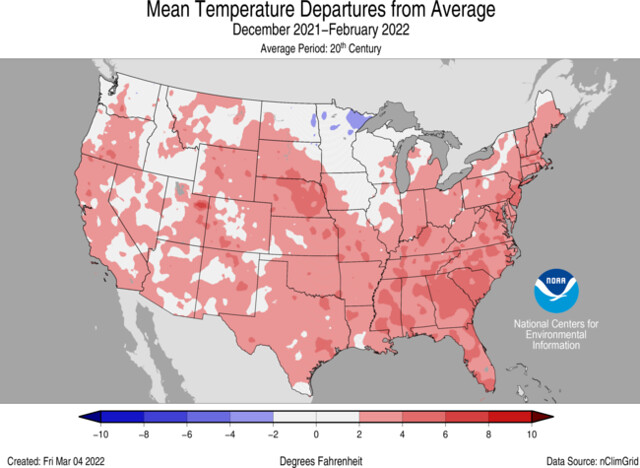
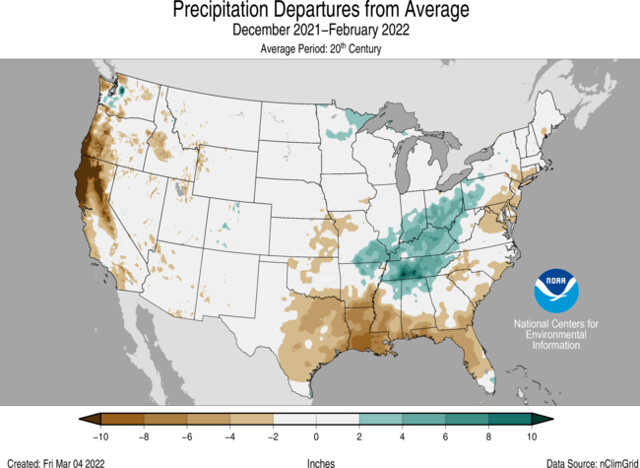
They called for cold and wet for 2021-2022 for the Gulf Coast. It was warm and dry.
Compare that to a locally derived forecast for 2021-2022:


My forecast wasn’t perfect, either. But it was a whole lot closer.
WEATHER & PSYCHOLOGY
The real question is why do these forecasts become so popular? If they are objectively bad and often incorrect, then why do people (and news organizations) continue to share these forecasts?
It stems back to people’s psychology. Because humans, as it turns out, like to share bad news.
From Psychology Today:
“Humans seek out news of dramatic, negative events. These experts say that our brains evolved in a hunter-gatherer environment where anything novel or dramatic had to be attended to immediately for survival. So while we no longer defend ourselves against saber-toothed tigers, our brains have not caught up.
Many studies have shown that we care more about the threat of bad things than we do about the prospect of good things. Our negative brain tripwires are far more sensitive than our positive triggers.”
It’s true! That is why most newscasts warn you about bad drinking water, murders and wars – deep down, it’s what our brains are designed to gravitate toward.
Another interesting piece of psychology is people respond quicker to negative stimuli. If someone tells you that a tornado is coming, you’re likely to run for the cellar – and call your neighbor. If the same person says it is sunny outside, you wouldn’t likely move. And you probably wouldn’t tell anyone else.
So when you hear about “the worst, coldest, snowiest Winter” then you are quick to spread the news.
And that is normal. One University of Chicago study found that people – when given a choice – would rather share extreme bad news than extreme good news:
These studies document a tendency to pass along central over extreme news. However, when extreme news arises, not all kinds of extremity are equally favored. In Studies 1 and 2 people were more willing to pass along bad news than equally believable good news. This inclination is particularly striking because it contradicts general tendencies to want to see the world as a stable, controllable place, where good things happen to good people.
It is why, despite the low potential for accuracy, people still spread this forecast to everyone they know. People want to share bad news. And they want to share bad news faster.
OCTOBER IS A MEANINGLESS PREDICTOR
Green Day may sing about waking them up when September ends, but it isn’t for a forecast for Winter. Because October is a poor forecaster. Turns out that a warm October or cold October has very little bearing on what Winter will hold. Looking at the record books, the correlation between October temperatures and Winter temperatures is a meager 0.25 out of 1.

That is a mathematical way of saying, “It don’t know Jack” about the prospects for Winter.
I know a lot of times when the area gets the first shot of cold, particularly as we move through the back-half of October, people tend to think, “is this a taste of things to come?” and the mathematical and statistical answer is, “No.”
GULF COAST WINTER WEATHER SCENARIOS
SEVERE WEATHER
Reading about “warm” or “cold” Winter doesn’t tell you much about the day-to-day variability. In recent years, the Gulf Coast has had an increased potential for severe weather – particularly the back half as we move from January through March.
As we move through an El Nino Winter, we can find analogs from 2009-2010 (4 events), 2014-2015 (7 events), 2015-2016 (9 events), and 2018-2019 (4 events) to try and nail down the potential for ‘bigger events’ with respect to severe weather. And based on the analogs, we can expect about 6 severe weather events this Winter.
COLD WEATHER
If we ballpark things by looking at those same winters, 2009, 2014, 2015, and 2018, we can get a good idea about what to expect this Winter (with some exceptions to be discussed in a later post). Looking at how warm the Gulf of Mexico remains, keep in mind that sitting close to this Hot Tub will help keep the region warmer, too.
So, more below-freezing nights to the north and fewer below-freezing nights to the south. But those years featured plenty of shots of cold temperatures. And a decent chance that a few days where temperatures struggle to get above freezing at all.
SNOW & ICE
Well, again, looking at those analogous years we could say that the chance for at least one or two days of seeing some small snowflakes in the air are likely. Sticking snow? Less likely. Icing and freezing rain events? Possible, sure. I don’t think it is likely, but I’d say the potential during an El Nino Winter is higher than normal (I’ll get into that in a later post, too).
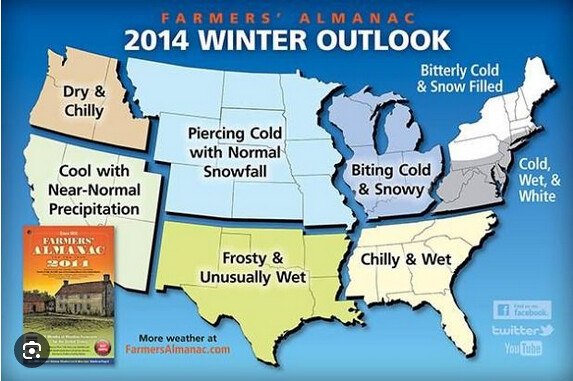

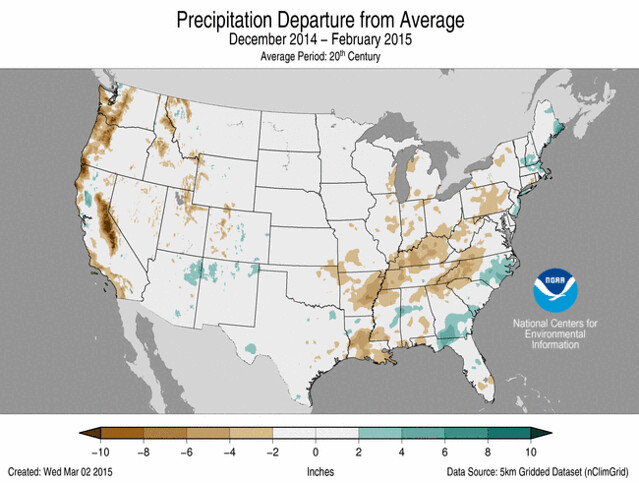
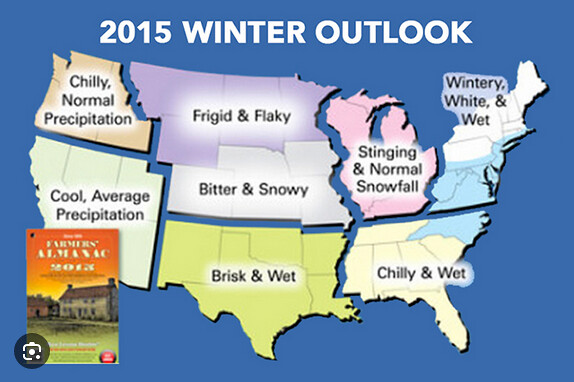
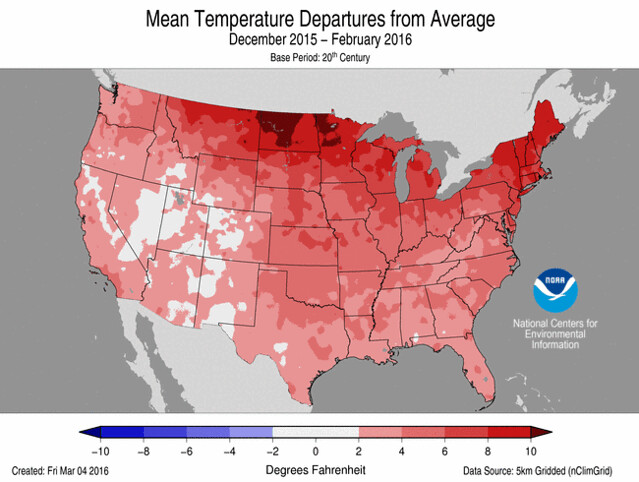
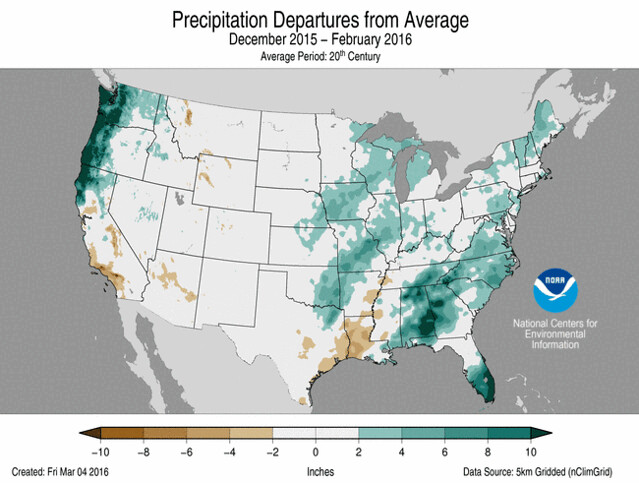
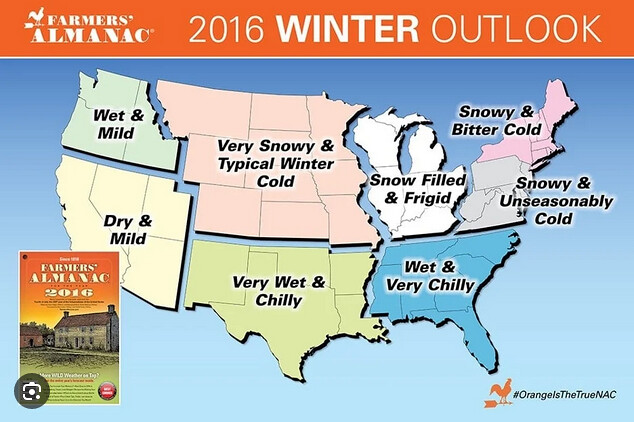
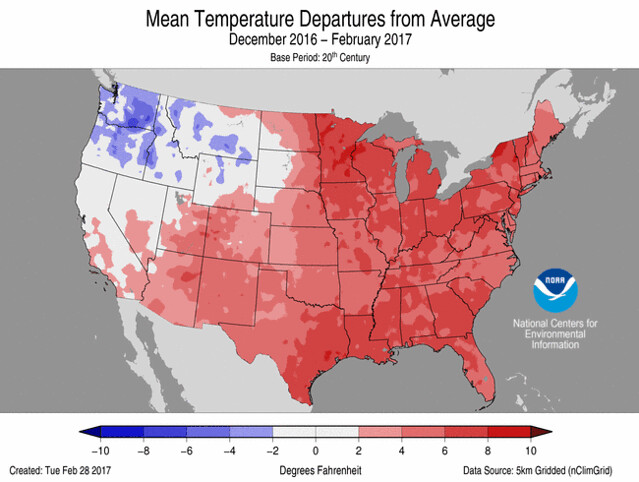
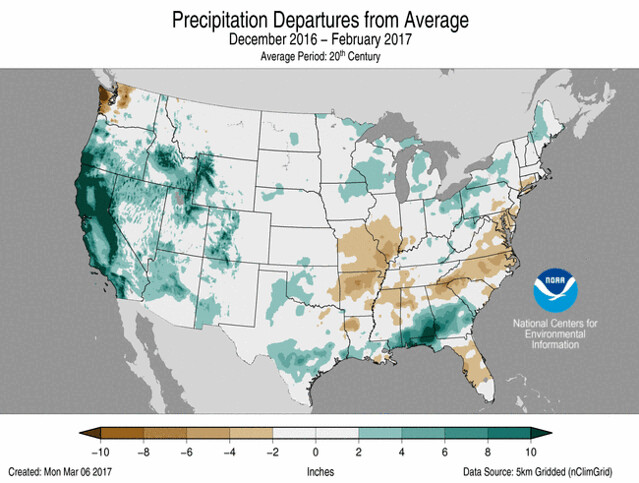
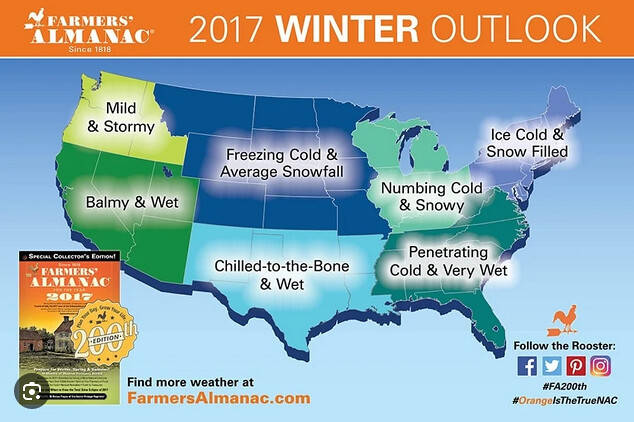
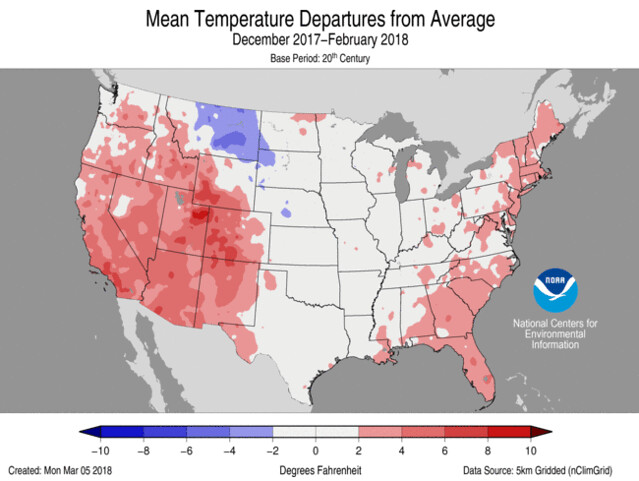

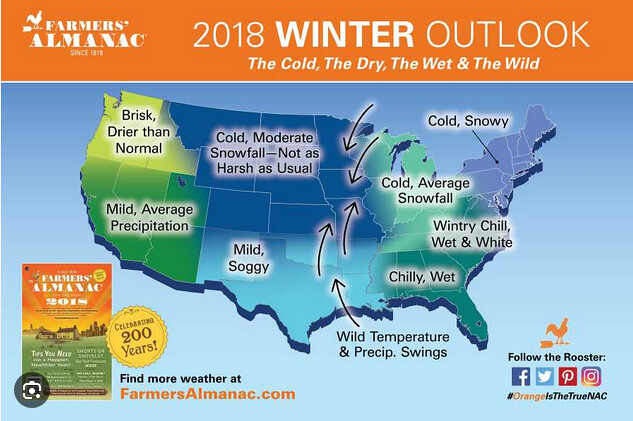
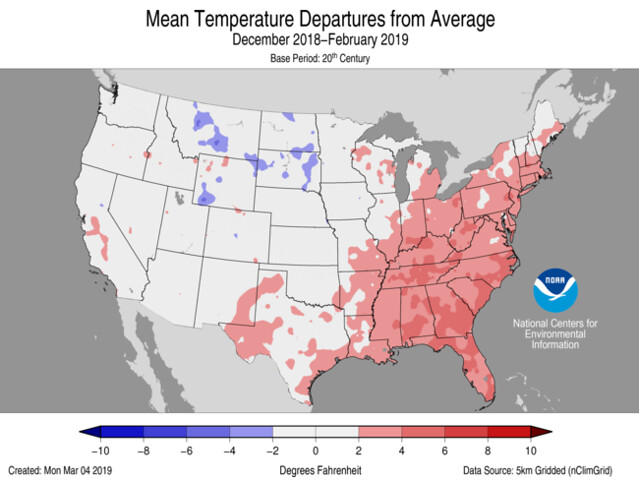
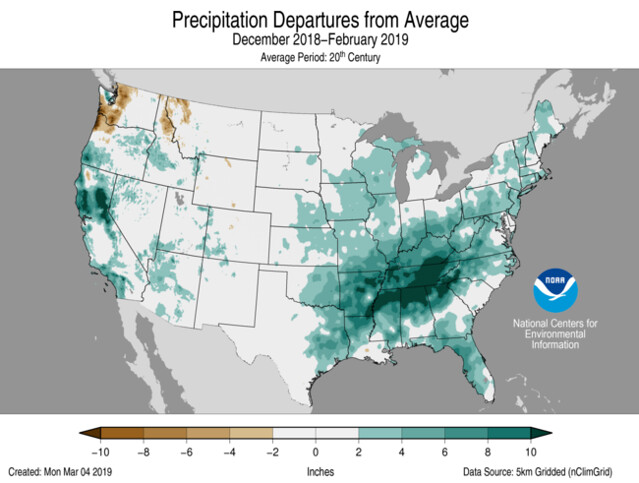

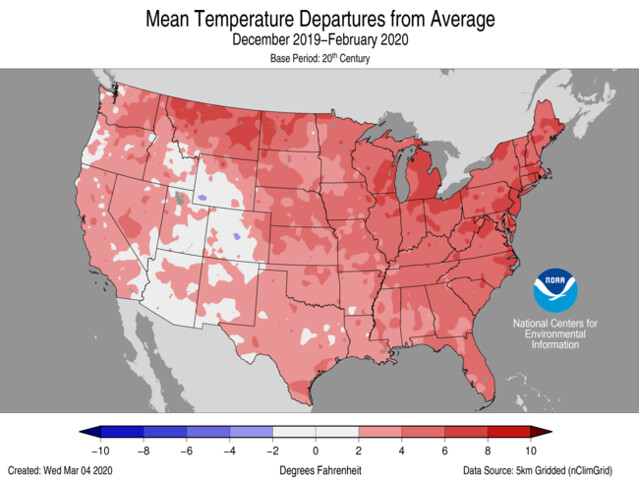
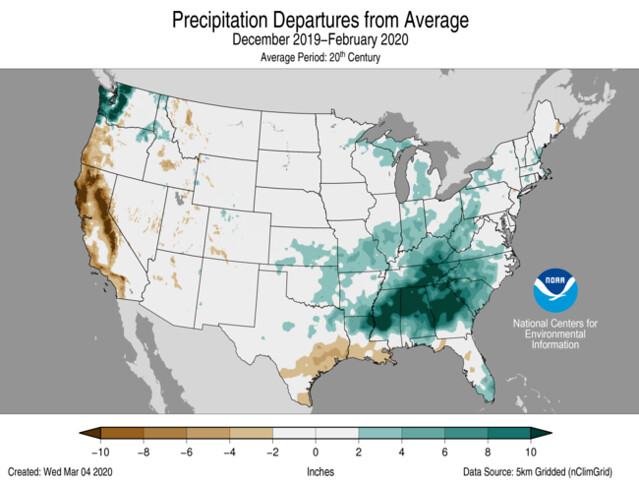
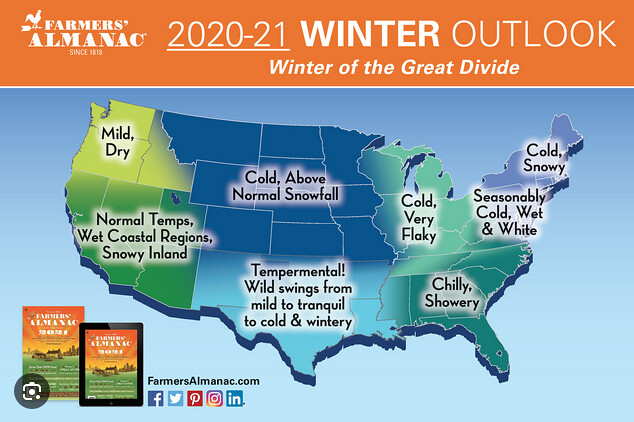

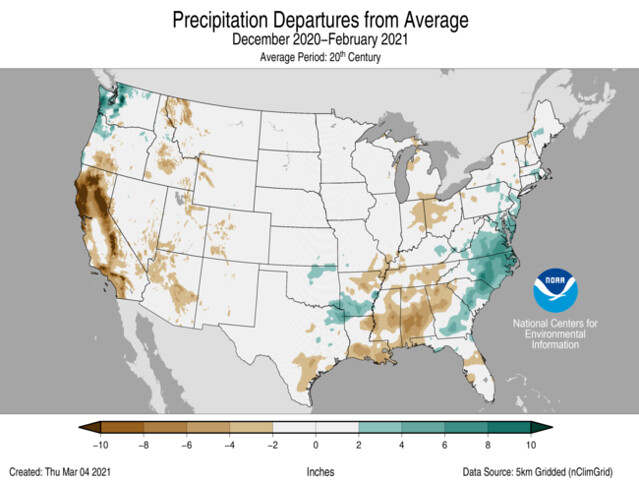
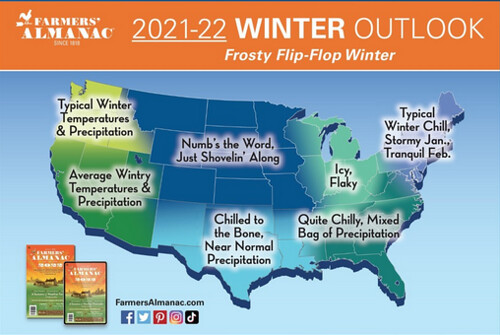
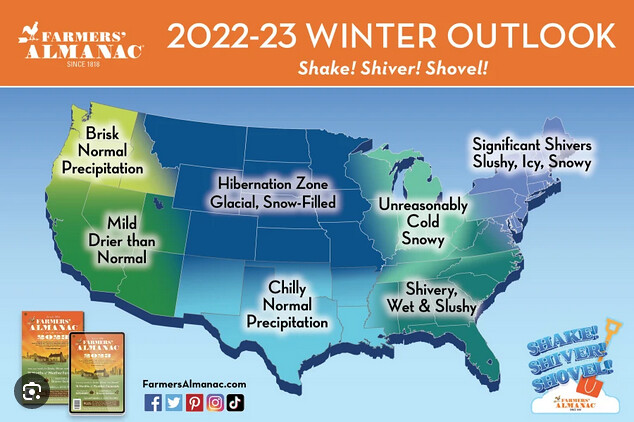

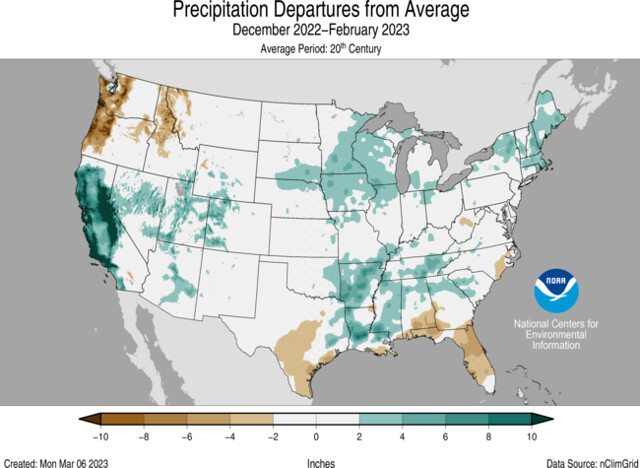
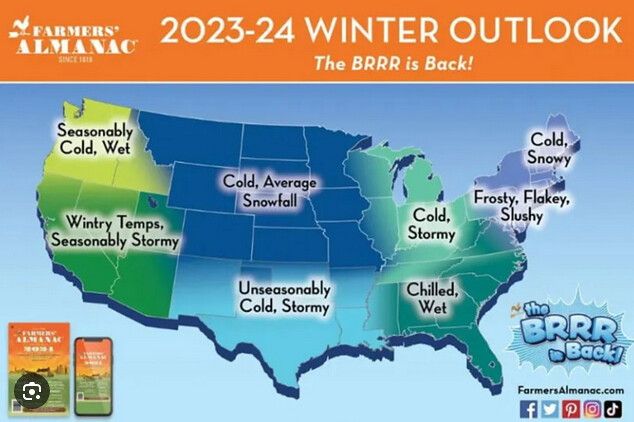


Can … Has … ANYONE ever accurately predicted the weather 3 to 4 months in the future? I think, a lot of times, Nature will tell you more than humans can what the weather is going to do if you will stop long enough to listen and pay attention. When you mention small snowflakes, December 2017 immediately come to mind.